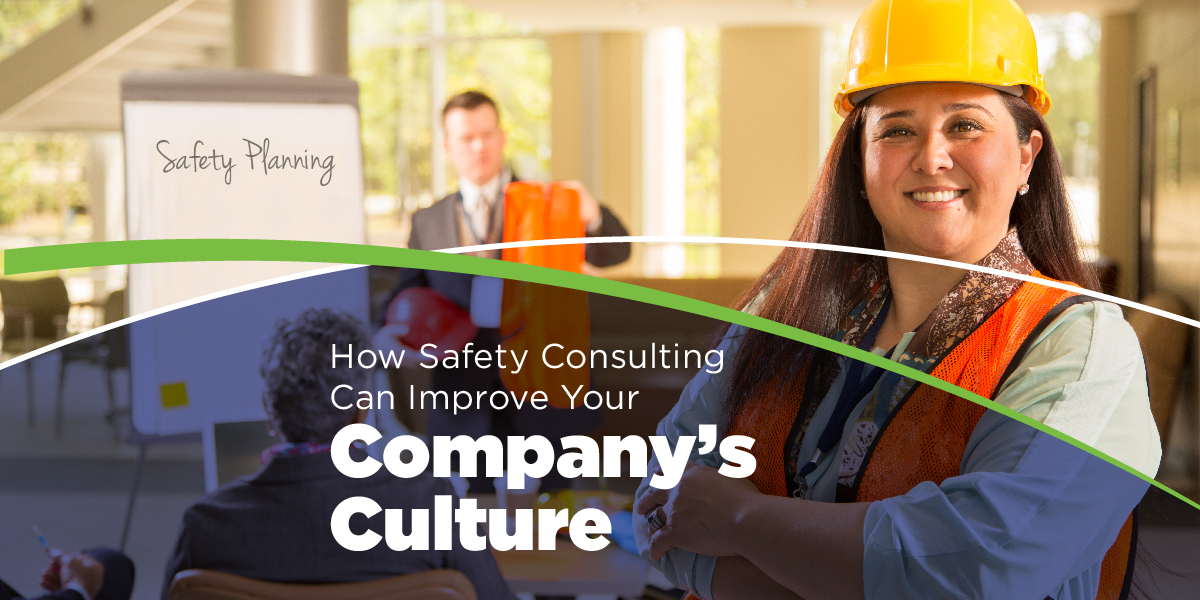We spend a lot of time at work, and most of us are pretty proud of what we do, but under no circumstances should your job ever risk your safety or live.
Safe work environments should be a priority for all employers; after all, the health and safety of your workers is your biggest responsibility.
Protecting your workers starts with a strong culture of safety at all levels of your company, however creating this culture can be challenging, especially for small companies.
Companies who are interested in improving their workplace safety culture can go about it in a number of different ways, so we thought we’d outline some foundational ways to get started today.
Here are some basic steps to consider:
- Management Commitment: Regardless of the size of a company, no safety program or culture of safety can thrive or survive without top-down management commitment. This means that company ownership and senior leadership must establish the tone and consistently commit to the process regardless of the challenges. This includes leading by example, and consistent communication to company staff.
- Create and Post a Company Safety Policy: Creating a formal written safety policy which clearly states the importance of safety and the company’s commitment to the process is a great way to build a safety culture. Have company senior leadership sign it and post it prominantly at the company in the lobby and in the work areas for everyone to see.
- Learn about OSHA health & safety compliance requirements
- Conduct an OSHA compliance audit to determine what health and safety requirements apply to the company
- Make sure to build out KEY OSHA programs including the following:
- Hazard Communication
- Control of Hazardous Energy – Lockout Tagout
- Build an OSHA compliant safety training program and consistently train existing and new employees. Consistency in training will make a HUGE impact on building a culture of safety at your company
- Conduct routine health and safety inspections to quickly identify and correct safety hazards.
- Conduct health exposure testing if necessary
- Develop and consistently manage an accountability system to make sure employees follow safety rule
Involve employees, at all levels, in the process of building and managing your safety program:
When employees are involved in that process from the beginning, it gives them a sense of responsibility and pride that will not only lead to fewer accidents on the job, but lower turnover rates in the long-term.
Make sure that your employees are included in all safety planning. Nobody will argue that workplace safety is critically important, but when your employees have a deeper understand of why that’s true, you’ll have more buy-in. Something we see too often is that companies have environmental, health and safety programs in place, but don’t put enough energy into the underlying employee motivations and behaviors. If you can identify and understand these mindsets, you can affect change more quickly.
Common Employee Pushbacks:
-
- “I’ll get in trouble if I report an incident.”
This worry is far too common. Employees often under report incidents because of fear of punishment. In order to combat this, work to create an environment that encourages reporting as well as other desired employee behavior.
-
- “If I report everything that might be problematic, we’ll lose productivity.”
Unless those in a leadership role at your company embrace safety as a real priority, employees are likely to automatically favor productivity. Let them know that it’s ok to “stop work” if they see a health or safety hazard so it can be fixed
-
- “Cultural shifts in the workplace takes time, nothing I do will really make a difference.”
See the “management commitment” section above and consistently deliver on your safety program so your employees are motivated to participate
Another great way to involve employees is to create a safety committee. This will go miles towards supporting your safety program and building a culture of safety at your company
Of course, all of this is much easier said than done, especially for small companies who often lake the expertise, time and resources needed to make it happen.
If this sounds familiar, consider hiring an outside EHS Safety Consultant from one of many reputable environmental, health and safety consulting companies.
What is a safety consultant? OSHA compliant companies employ EHS consultants to inspect machinery, ensure proper operation, and present safety information to employees in a digestible way.
They can professionally write up a safety plan that meets OSHA standards and then help to role it out and manage it on a consistent basis. They can help you do everything described above and more, and ultimately help your company to build a culture of safety.
If reading this artcile made you realize that you might have a ways to go in terms of getting your safety culture up to standard, top safety consulting companies like Berg Compliance Solutions are here to help!
Contact us today to learn more about our turn-key and virtual OSHA compliance programs designed for small companies like yours.
Call 512-457-0374 or Click Here
To Schedule Your Free Consultation

